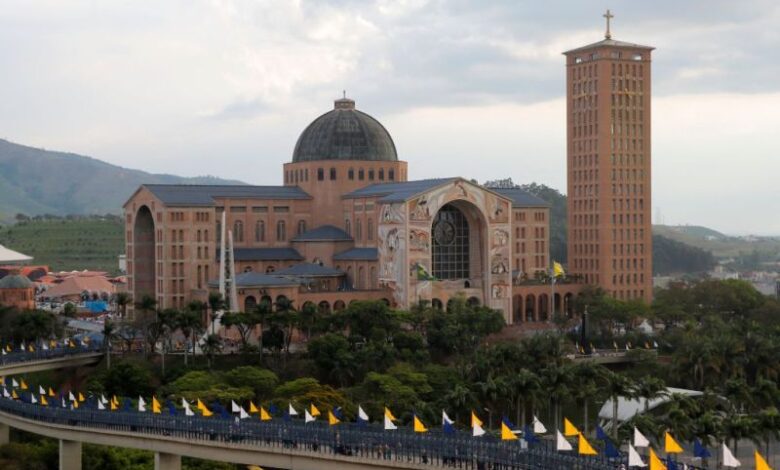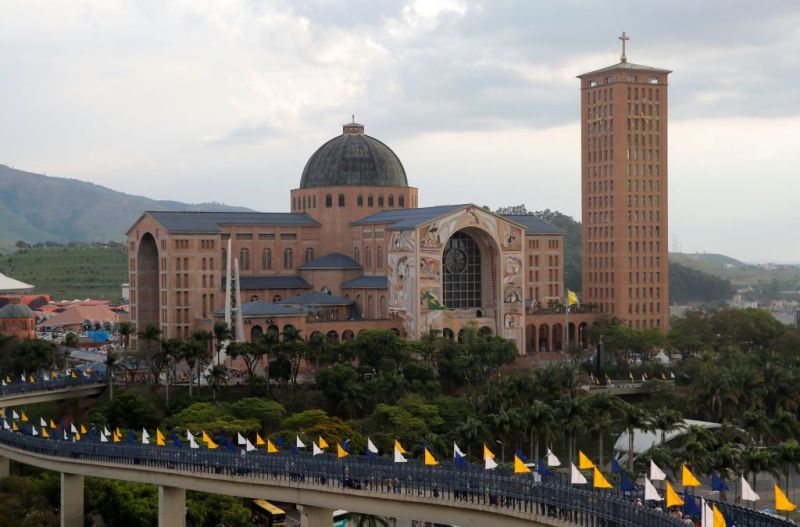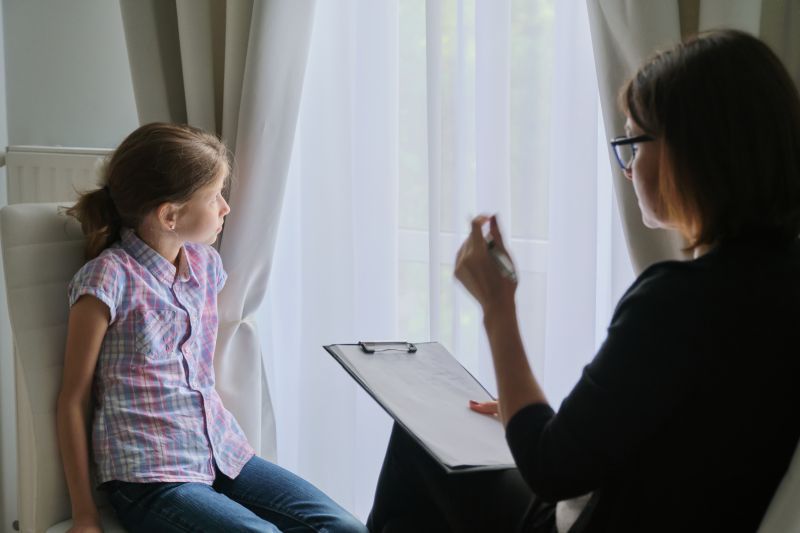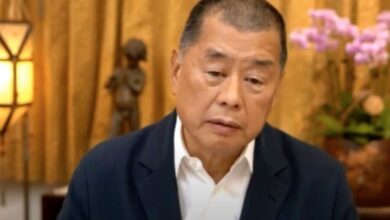Aparecida Shrine in Brazil inaugurates new Rupnik mosaics

 Picture of the Cathedral Basilica of the National Shrine of Our Lady of Aparecida taken on the day of the patron saint of Brazil, in Aparecida, Sao Paulo State, on Oct. 12, 2022. / Credit: CAIO GUATELLI/AFP via Getty Images
Picture of the Cathedral Basilica of the National Shrine of Our Lady of Aparecida taken on the day of the patron saint of Brazil, in Aparecida, Sao Paulo State, on Oct. 12, 2022. / Credit: CAIO GUATELLI/AFP via Getty Images ACI Digital, May 15, 2024 / 16:53 pm (CNA).
The National Shrine of Aparecida in the Brazilian state of São Paulo inaugurated in a May 11 ceremony the new mosaics on its south façade featuring New Testament scenes that capture the birth, life, death, and resurrection of Jesus Christ. The work is part of the Biblical Journey Project, whose goal is to cover the four façades of the national shrine with mosaics representing biblical scenes.
The mosaics are presented by the shrine as the work of the Aletti Spiritual Art Center, a sacred art school founded by former Jesuit Father Marko Rupnik in Rome. The designs bear the hallmark signs of Rupnik’s work, such as the large black eyes of the persons represented.
Rupnik is accused of sexual, spiritual, and psychological abuse against at least 20 women from the Loyola Community founded by him and a nun in Slovenia.
The presentation of the façade took place during the special “Easter: Our Life in Christ” broadcast by TV Aparecida on the evening before Mother’s Day. Recorded over four days, the program included the participation of the archbishop of Aparecida, Orlando Brandes; Redemptorist missionaries; and many artists and singers who through music and re-creations depicted the biblical passages portrayed in the mosaics.
“We chose to record the presentation of the south façade to allow a detailed view of the complex structure of the work, which could not be seen in detail in a live broadcast,” the scriptwriter and general director of the show, Rómulo Barros, told the portal A12, the official website of the National Shrine of Aparecida.
During the blessing of the façade, Brandes remembered “all the workers who worked here in this square and those who worked stone by stone forming these mosaics.”
Work on the mosaics on the exterior of the Aparecida Shrine began in 2019. The north façade was inaugurated in 2022 with scenes from the Book of Exodus. The Bible Journey Project is funded by the Devotees’ Campaign, which accepts donations from devotees of Our Lady of Aparecida throughout Brazil.
Accusations against Rupnik first made in 2018
Bishop Daniel Libanori, the Holy See’s commissioner for the Loyola Community, where the abuses allegedly occurred, confirmed the veracity of the accusations. The community was dissolved in December 2023.
In June 2023, Rupnik was expelled from the Jesuit order due to his “repeated refusal” to comply with restrictions imposed by his superior.
In October 2023, the Dicastery for the Doctrine of the Faith reopened the case against Rupnik, which had been closed a year earlier due to the statute of limitations for the alleged offenses committed. Pope Francis suspended the statute of limitations due to public outrage over the news that Rupnik had been incardinated in a diocese in his native Slovenia in October 2023. Rupnik continues to live in Rome.
In February, two of Rupnik’s accusers spoke publicly for the first time and told their stories at a press conference at the offices of the Italian journalists’ union in Rome.
In April, five new complaints against Rupnik were filed with the Vatican’s Dicastery for the Doctrine of the Faith.
Rupnik’s works are widespread
In addition to the Aparecida Shrine, the works of Rupnik and the Aletti Center are present in multiple churches around the world, including the Redemptoris Mater Chapel of the Apostolic Palace in the Vatican, the St. Padre Pio Shrine in Pietrelcina, Italy, as well as in Fátima, Portugal, and Lourdes, France.
On March 31, 2023, the bishop of Lourdes, Jean-Marc Micas, announced that he had created a commission to evaluate whether Rupnik’s mosaics should be removed from the Lourdes Shrine in consideration of the suffering of victims of abuse.
In February of this year, Micas told CNA he has received a “a pile of letters — people very angry because the mosaics are still there and other people who were very angry at the idea we could remove them,” he said, so this is a “very, very difficult decision to make.”
The dedication of Rupnik’s mosaics in Aparecida comes at a time when many, including the St. John Paul II National Shrine in Washington, D.C., are considering the possibility of removing his works out of respect for the victims.
At the time of publication of this article, the press office of the Aparecida Shrine has not responded to specific questions from ACI Digital, CNA’s Portuguese-language news partner, on the matter but sent a statement to the agency explaining that “the work of covering with mosaics the façades of the Basilica of Our Lady of Aparecida continues under the leadership and execution of the Aletti Center.”
“Since 2020,” the statement continues, “the studio has been run by the Italian artist and doctor in theology, Maria Campatelli, and has 12 women and nine men in its management team, in addition to dozens of artists of different nationalities, who are directly involved in the project.”
“Recently, the Vicariate of Rome, to which the studio is subordinate, after a canonical visit, issued an opinion attesting that ‘clearly there is a healthy community life in the Aletti Center, free of any particular critical problem,’” the statement concludes.
However, some of Rupnik’s alleged victims expressed their outrage and consternation following that report, saying the evaluation “ridicules the pain of the victims.”
This story was first published by ACI Digital, CNA’s Portuguese-language news partner. It has been translated and adapted by ACI Prensa and CNA.





